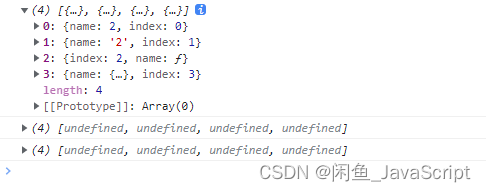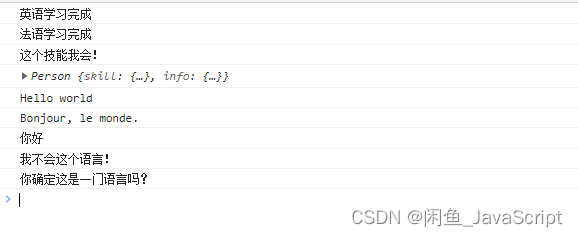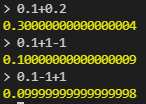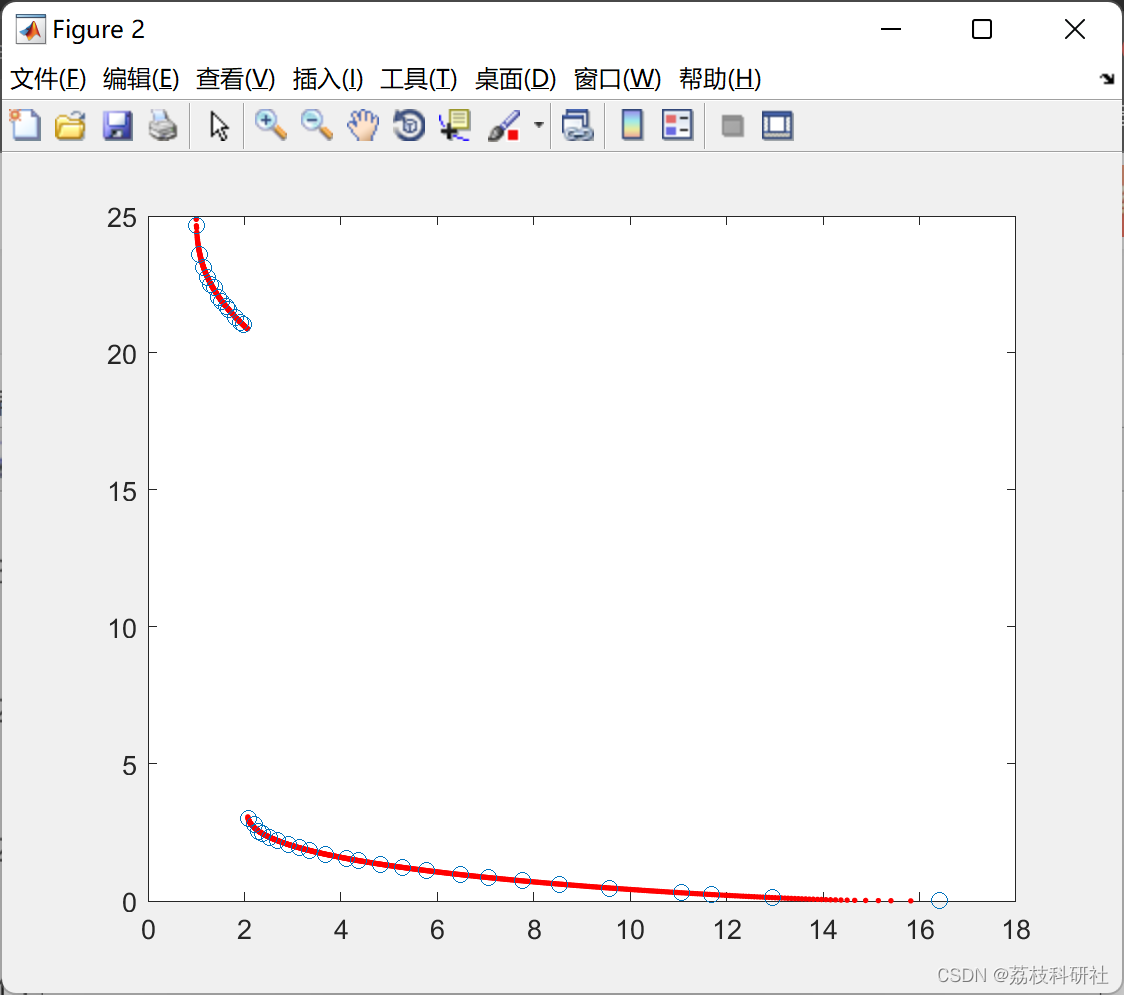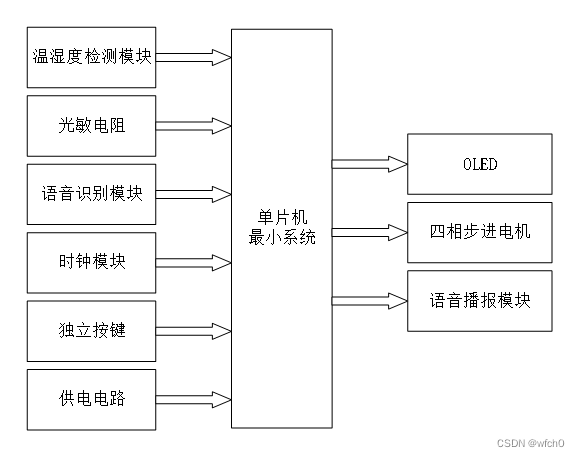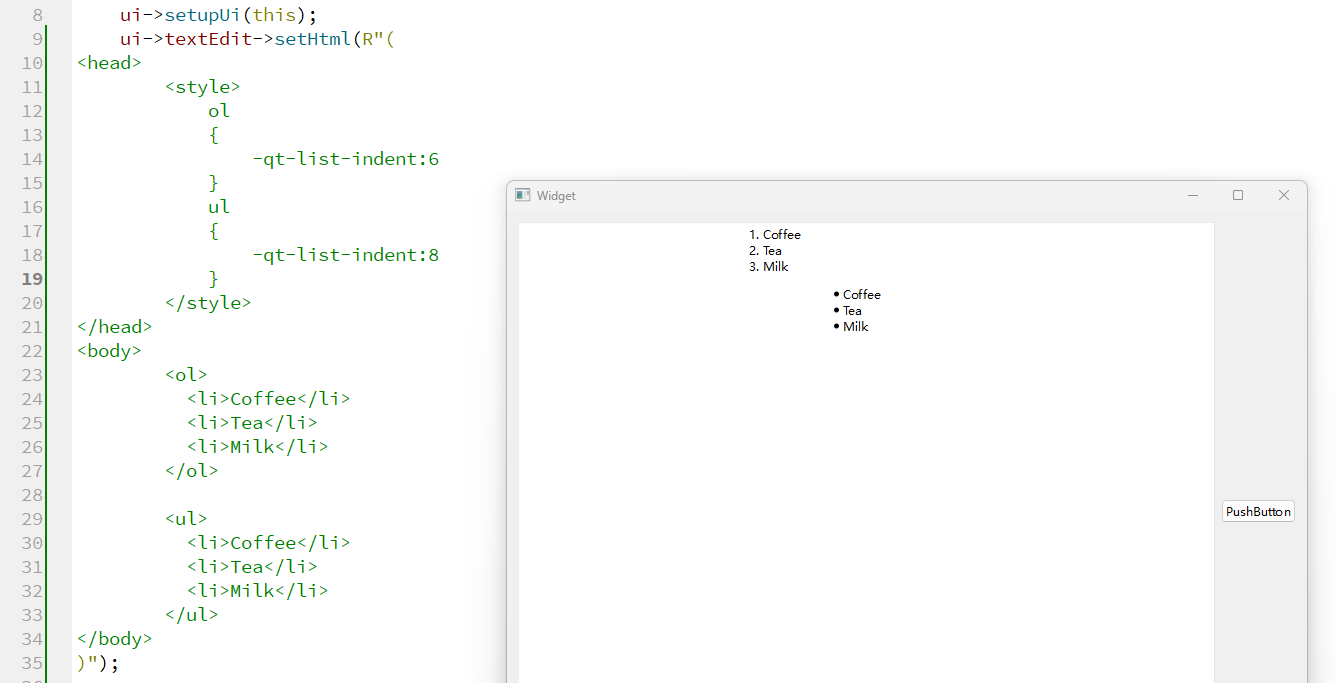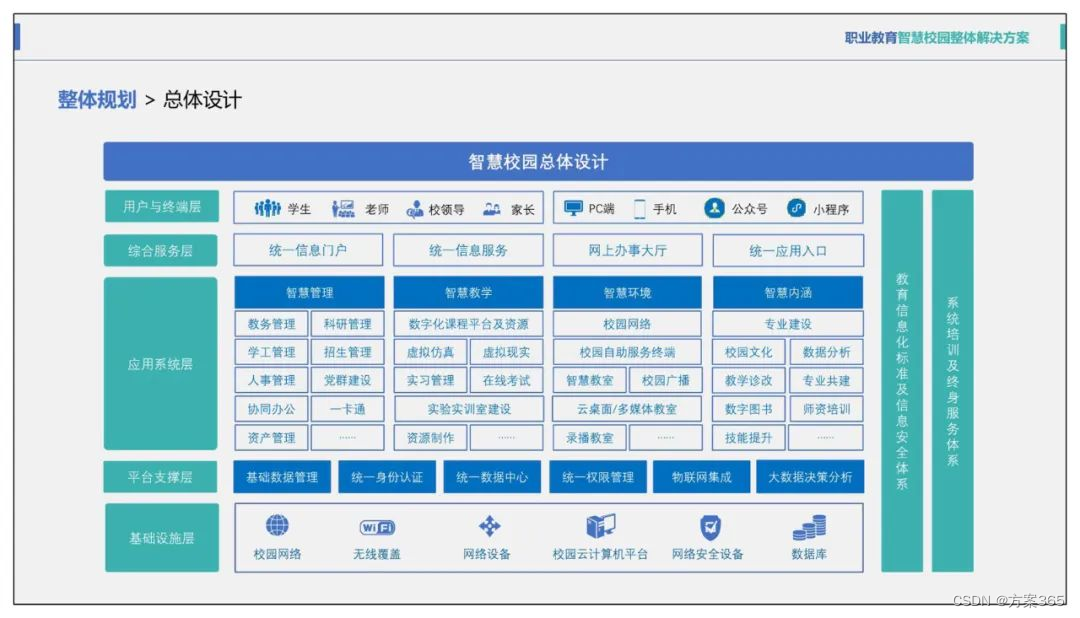reduce方法为数组中的一个高阶函数,接受两个参数,第一个参数为回调函数,第二个为初始值。如果不给入初始值则会以数组第一项为初始值! reduce会循环数组每一项,并且会保留上一次循环的结果供下一次循环使用,最终结果为数组循环完毕后的最终返回(return)的值。 那这样咱们就可以这么理解了,给入一个初始值,后续操作都在给这个初始值做修饰!比如说给入对象最终返回对象、给入数组最终返回数组、给入字符串最终返回字符串、给入Boolean值最终返回Boolean值(true | false)… 再然后我们捋捋装饰器模式:允许向现有的对象添加功能,且不能影响它的构成(比如说一个人,你可以给他添加英语能力、可以给他添加法语能力,但是你不能让这个人的手没了),这么一看reduce不就是非常适合循环给对象添加功能吗?这不就是满足了装饰器模式了嘛。 全网都有的最简单例子:累加递增 const arr = [ 1 , 2 , 3 , 4 , 5 , 99 ]
arr. reduce ( ( pre, next ) => pre + next)
【模仿数组includes】简单的includes功能模仿实现(返回某值是否在数组中出现过) const fn = ( ) => { console. log ( 11 ) }
const obj = { }
const arr = [ 2 , '2' , fn, obj]
const selfIncludes = ( arr, value ) => {
try {
return arr. reduce ( ( pre, next ) => {
if ( next === value) throw true
return false
} , false )
} catch ( end) {
if ( typeof end === 'boolean' ) return true ;
}
}
【模仿数组indexOf】简单的indexOf功能模仿实现(返回最先找到值的索引,没找到则返回-1) const fn = ( ) => { console. log ( 11 ) }
const obj = { }
const arr = [ 2 , '2' , fn, obj]
const selfIndexOf = ( arr, value ) => {
try {
return arr. reduce ( ( pre, next ) => {
if ( next === value) throw pre
return ++ pre
} , 0 ) && - 1
} catch ( end) {
if ( typeof end === 'number' ) return end;
}
}
console. log ( selfIndexOf ( arr, fn) )
【模仿数组map】简单的map功能模仿实现(循环遍历数组最终返回处理后的值) const fn = ( ) => { console. log ( 11 ) }
const obj = { }
const arr = [ 2 , '2' , fn, obj]
const selfMap = ( arr, fn ) => {
return arr. reduce ( ( pre, next ) => {
pre. push ( fn ( next, pre. length) )
return pre
} , [ ] )
}
console. log ( selfMap ( arr, ( item, i ) => {
return {
name : item,
index : i
}
} ) )
console. log ( selfMap ( arr, ( ) => { } ) )
console. log ( arr. map ( ( ) => { } ) )
过滤掉对象中为undefined、null、空字符串、NaN的key与值 const filterParam = ( obj ) => Object. entries ( obj) . reduce ( ( pre, [ key, value] ) => {
if ( value || value === 0 ) pre[ key] = value
return pre
} , { } ) ;
console. log ( filterParam ( { name : undefined , age : 0 , class : 'ant-design' , test : NaN } ) )
lodash 中 keyBy 功能简单实现(具体细节不考虑) const arr = [
{
name : '张三' ,
age : 16
} ,
{
name : '李四' ,
age : 17
} ,
{
name : '王五' ,
age : 18
} ,
]
const keyBy = ( array, key ) => {
return array. reduce ( ( pre, next ) => {
pre[ next[ key] ] = next;
return pre;
} , { } )
}
console. log (
keyBy ( arr, 'name' )
)
装饰器模式演示(创建Person这个类,添加一个zs的Person,把skillArr中的技能教给zs,最后让zs使用学习到的技能) class Person {
skill = {
中文 : ( string ) => {
return string;
}
}
constructor ( params ) {
this . info = params;
}
studySkill ( skillName, skillFn ) {
if ( this . skill[ skillName] ) return '这个技能我会!' ;
this . skill[ skillName] = skillFn;
return ` ${ skillName} 学习完成 ` ;
}
say ( string, way ) {
if ( ! this . info. isLanguage?. includes ( way) ) return '你确定这是一门语言吗?' ;
if ( ! this . skill[ way] ) return '我不会这个语言!' ;
return this . skill[ way] ( string) ;
}
} ;
const zs = new Person ( {
name : 'zs' ,
age : 18 ,
isLanguage : [ '中文' , '英语' , '法语' , '俄语' ]
} ) ;
const skillArr = {
英语 : ( string ) => {
const end = 'Hello world' ;
return end;
} ,
法语 : ( string ) => {
const end = 'Bonjour, le monde.' ;
return end;
} ,
中文 : ( string ) => {
const end = '你好,世界。' ;
return end;
}
}
Object. entries ( skillArr) . reduce ( ( pre, next ) => {
const [ skillName, skillFn] = next;
const sayMessage = pre. studySkill ( skillName, skillFn) ;
console. log ( sayMessage) ;
return pre;
} , zs) ;
console. log ( zs) ;
console. log ( zs. say ( '你好' , '英语' ) )
console. log ( zs. say ( '你好' , '法语' ) )
console. log ( zs. say ( '你好' , '中文' ) )
console. log ( zs. say ( '你好' , '俄语' ) )
console. log ( zs. say ( '你好' , '鸟语' ) )
